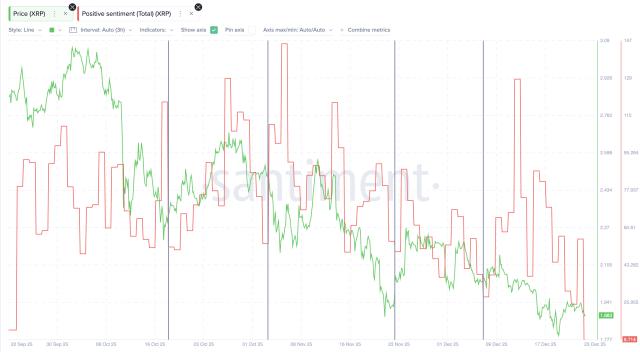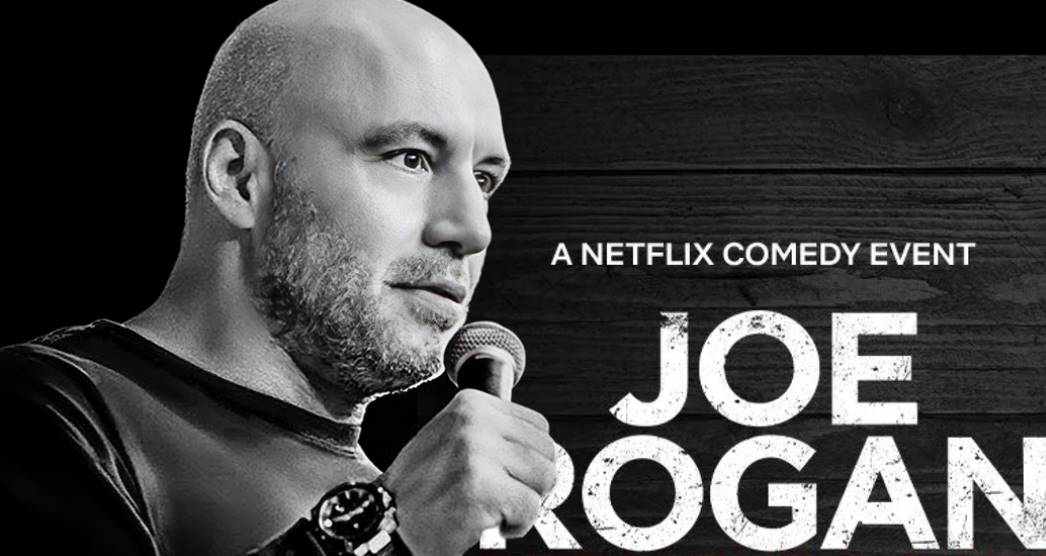Author: @Confetti4bot
Traffic conduction of Web3 community in PVP mode
Recently, the number of stablecoins in the crypto market has continued to shrink. In the absence of new incremental capital injection, traders' profits mainly rely on the internal game of the market. This model is called the PVP model. In the PVP mode, due to the lack of external funds, every short-term speculation opportunity is particularly precious, and therefore has become the focus of close attention by traders. For this type of opportunity, information transmission is key. So, how is this speculative information spread and transmitted among traders?
In the cryptocurrency market, the process of information transfer forms a hierarchical structure. From source to end, there is a clear distinction between the recipients of information and their interests.
- Gem Hunter: These players are the first contacts of information. They are often able to quickly capture opportunities and buy in when projects are still in their initial stages or when liquidity is first deployed. Their investment amounts are usually small, around 0.1-1 ETH, and when they buy, the market value of the project is very low, usually between $20,000 and $200,000. Once prices stabilize, these players will choose to take profits and exit.
- CT’s Influencers: When a token’s market capitalization has stabilized and shown significant growth potential, these influencers will notice. Since these tokens have certain potential, CT's Influencers will promote them publicly to enhance their influence in the community.
- CT’s audience: This is the end recipient of the information. Most of the time they are passive consumers of information. They rely on the Influencer's recommendations and then decide whether to invest based on the information they receive.
These three levels together form an information transmission and decision-making mechanism in the cryptocurrency market.

In order to give readers a more intuitive understanding, this is the tool interface commonly used by gem hunter:

Tipcoin’s social mining algorithm
In addition to the 10,000 points reward for posting a tweet for the first time, TipCoin also provides four ways of "daily tasks" for users to earn extra points. Unlike Epoch1, in Epoch2 points will only increase within 24 hours of the original tweet being posted. Various tasks such as tweet reading, likes, replies, citations, retweets, etc. have detailed point calculation formulas. These formulas can be viewed on the official website.
- Original Tweet: Posting original tweets containing the tags $tip and @tipcoineth is the main way to earn points, and its base points multiplier is 25. Points will be increased based on activities such as reading, liking, replying, quoting, and retweeting tweets. Points can be earned for up to 5 such tweets per day.
- Tipped Quote: If your original tweet with $tip and @tipcoineth is quoted by others, the base points you can earn are multiplied by 10. A maximum of 10 such citations can earn points per day, with a limit of 1 million points. However, too many citations may result in points being deducted, up to a maximum of 10,000 points.
- Tipped Reply: Replies containing $tip and @tipcoineth to other people's tweets can earn points with a base point multiplier of 1. Up to 50 such replies can earn points every day, but the total points are capped at 25,000. In addition, this type of reply can also receive additional bonus points based on factors such as reading volume and likes.
- Replied Kickbacks: You can also earn points when you receive replies from others, but the multiplier is 1/10 of the original points. There is no limit to points earned per day, and these points are not displayed on the user dashboard.

The secret behind TipCoin’s success
Faced with a limited budget, achieving maximum traffic exposure is undoubtedly a challenge. If I had enough funds, I could choose to sponsor Zhou Guanyu's F1 car, or name the Miami Heat's stadium. But the reality is, my budget is limited. So how to solve this problem? Here I want to share a key word: anticipation.
Taking tipcoin as an example, if it has issued tokens, users can clearly calculate the $TIP income they can get by posting tweets. If this income exceeds the market price, a large number of people will flock in until the resources are exhausted; conversely, if it is lower than the market price, tipcoin may be ignored.
Points, originally popularized by blur, have become an effective strategy for attracting users to achieve specific goals. Points mining has two main advantages: 1. It can guide users to achieve established KPIs without explicitly revealing the calculation formula; 2. Although points continue to grow, the number of tokens corresponding to them is fixed, which allows users to Play strategic games within your budget.
How to create enough expectations is the first and most critical step.

Tipcoin product analysis
Tipcoin's product page is a product with strong Pond's hints, like the pink light of the barber shop, the obscene smile of the massage parlor foreman, and the second floor of the water club: the product homepage clearly displays a message: We have Airdrops, what do you need to do to get more airdrops, and you can get these airdrops appropriately.
Although this product design is intuitive and simple, it is indeed ignored by many Web3 product developers. You may ask, why does this idea deserve its own mention? The answer is: because many Web3 products do not fully understand and take into account their target users. I completely understand that as developers, we always want to present every detail and function of the product to users. But in fact, Web3 user groups tend to pursue efficiency, and they do not have much patience to study every detail in depth. (Usually the details of the product you develop are not as good as the user experience of web2 products) Therefore, for developers, the key is to highlight and simplify the most important and core functions (preferably related to transactions and tokens) Other operations make the user experience smoother.

Token economy
35% of the token TIP will be used for platform rewards, 5% will be allocated to the market, and 5% will be allocated to team lock-up. The remaining tokens are allocated to three Epoch rewards. TipCoin’s airdrop token allocation ratio is adjusted according to the participating Epochs. In Epoch 1, 15% is used for liquidity provision and 15% is used for airdrops; in Epoch 2, 20% is allocated to tokens. Coins are used for airdrops; 5% of Epoch phase 3 tokens are used for airdrops. It should be noted that points that have not been redeemed at the end of the next Epoch will be destroyed.
TipCoin’s goal is to strike a balance between rewarding early users, successfully launching the product and platform, and scaling emissions to achieve price appreciation. TipCoin reserves 35% of tokens for users and locks 5% of tokens, adding a large portion of the liquidity supply to assist with issuance and price stability, as well as Epoch rewards to slowly inject new tokens into the ecosystem, and finally Tokens will be used on the new platform to bring volume and demand.
Some users pointed out that the activities of some users on the leaderboard were controlled. However, TipCoin did not pull every user immediately. Instead, it chose to mark it internally so that the system could have a more comprehensive understanding of robot activities so that it can be used in the future. Can be processed quickly and efficiently in Epoch. During the point collection stage, the manipulated account will lose a large amount of points, which will flow back to the real supporting users.
Summarize
Friend.Tech used the user "reputation" inherited from X (Twitter) to conduct a cold start, while Tipcoin relied on X's traffic algorithm to achieve a cold start. Facing the initial emergence of Tipcoin, I encountered two viewpoints: one side believes that this viral cold start strategy is extremely efficient and should be adopted by more projects; while the other side is worried that when social interaction is no longer based on real interaction, it will Pursuing KPI-driven points accumulation, how long can this kind of popularity last?
I personally tend to support and encourage this focused innovation strategy. In the Web2 world, the area with the greatest profit potential is computational advertising. Take Douyin as an example. It generates about 10 billion US dollars in revenue every year through computational advertising. Computational advertising focuses on using machine learning models to optimize advertising decisions. It has taken 20 years of evolution for this field to reach today's maturity. By comparison, the social side of Web3 is still in its infancy, with a trajectory very similar to the early days of computational advertising. Regardless of whether tipcoin’s epoch 2 can be sustained, this is a meaningful social experiment.







